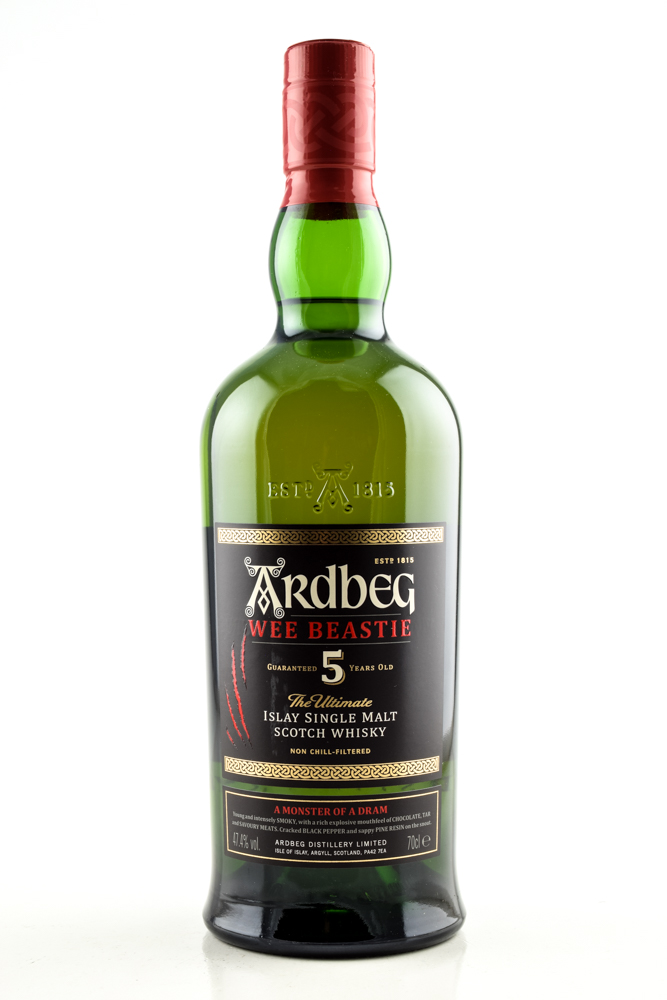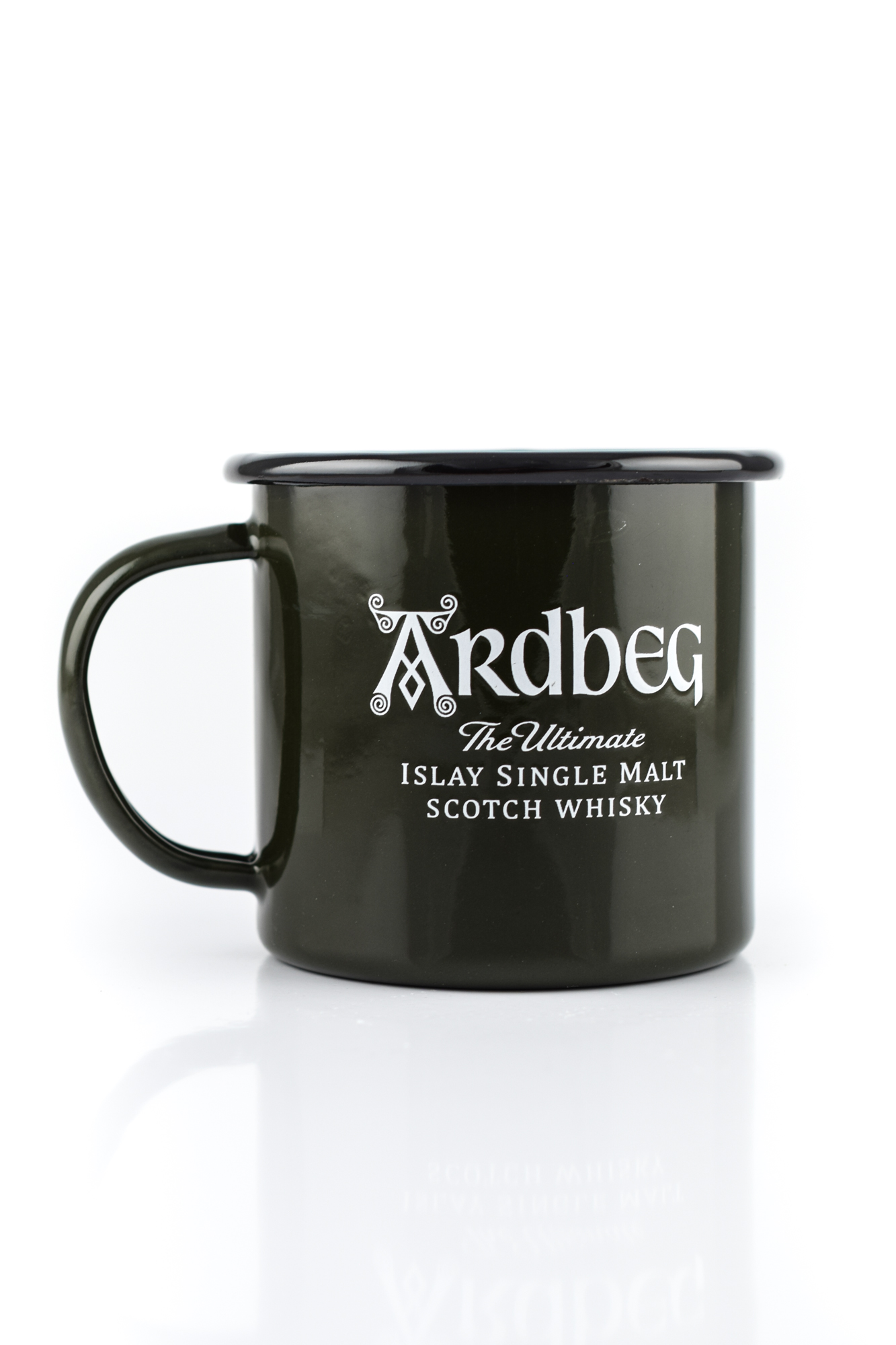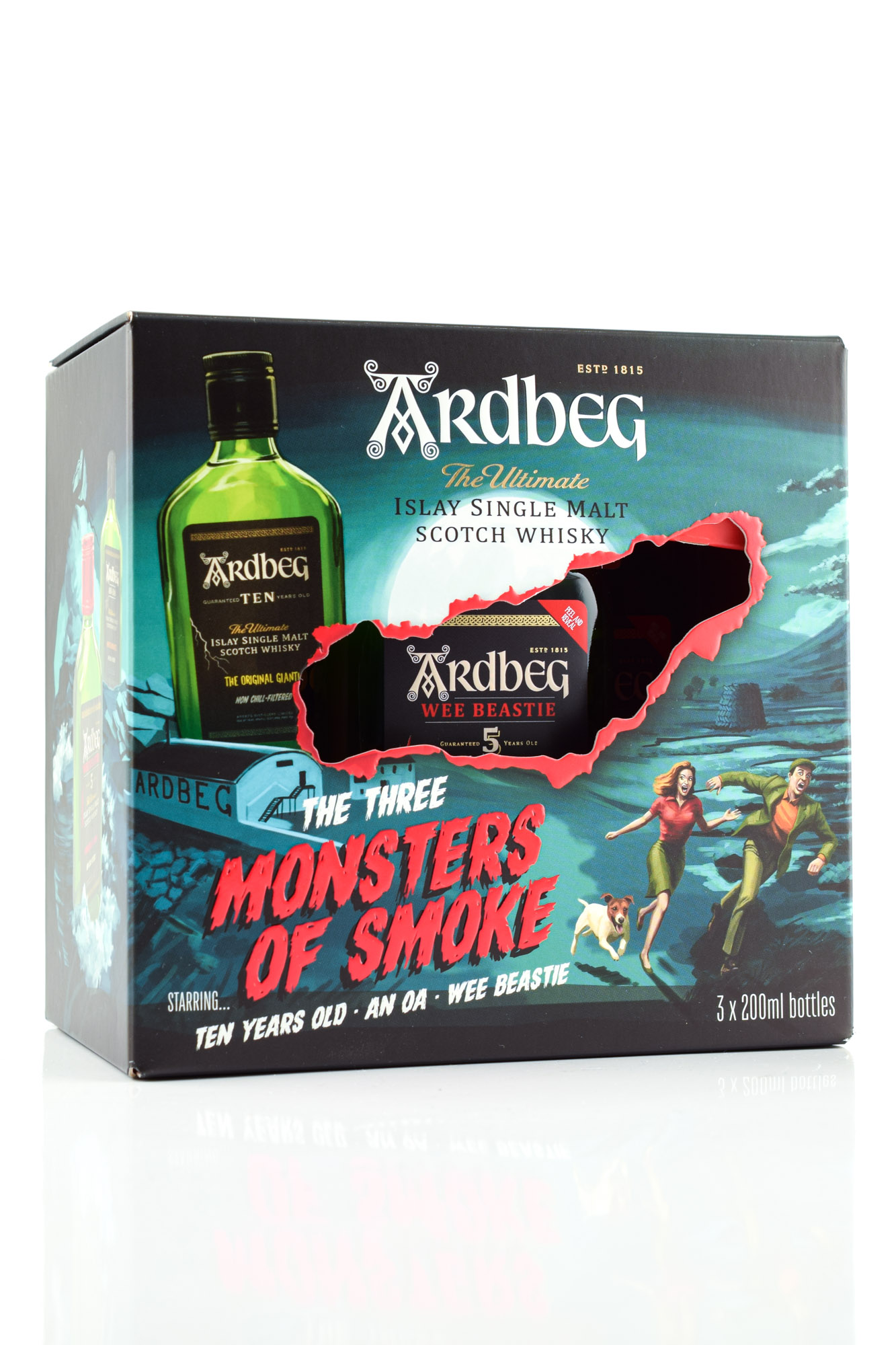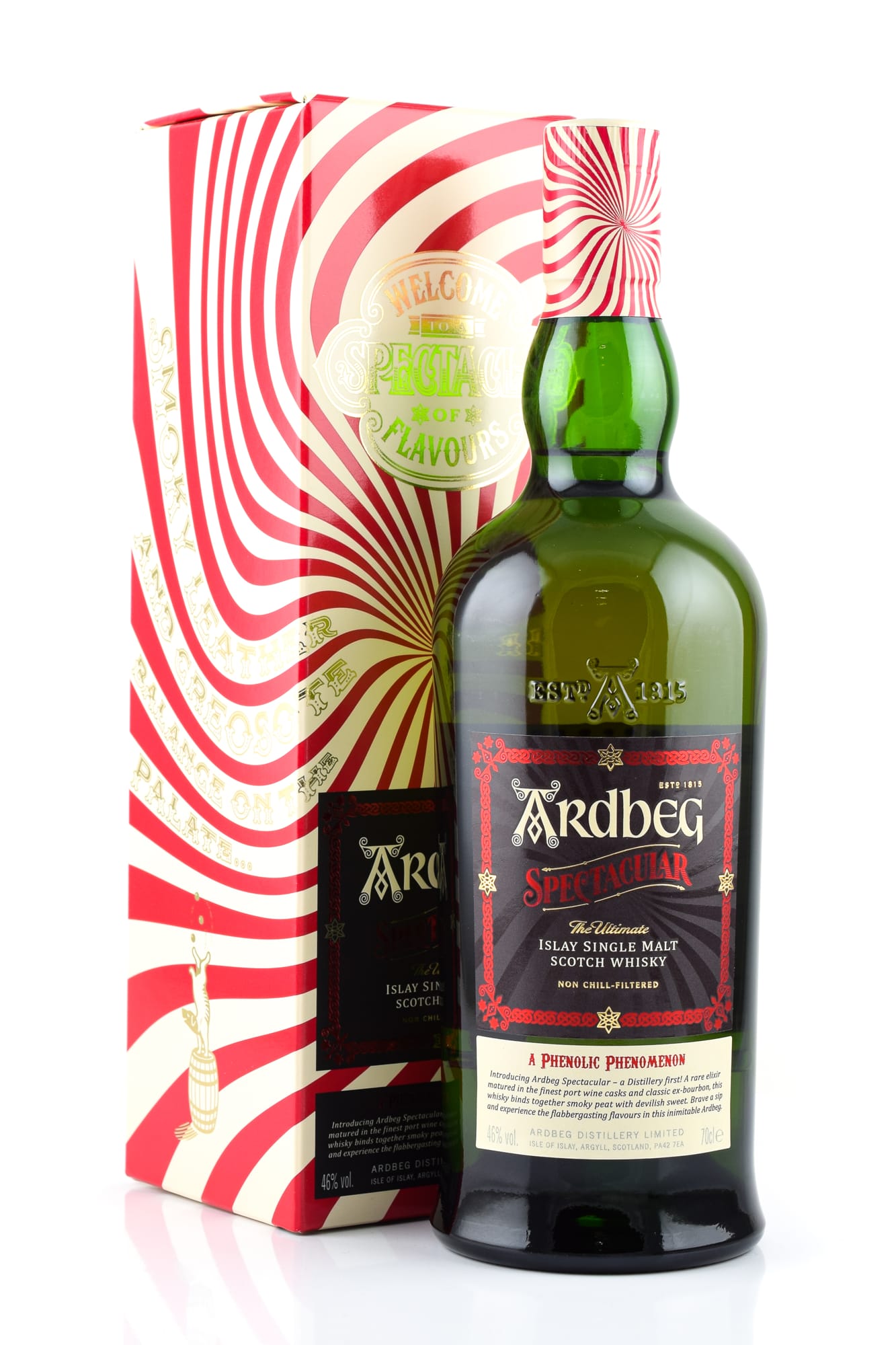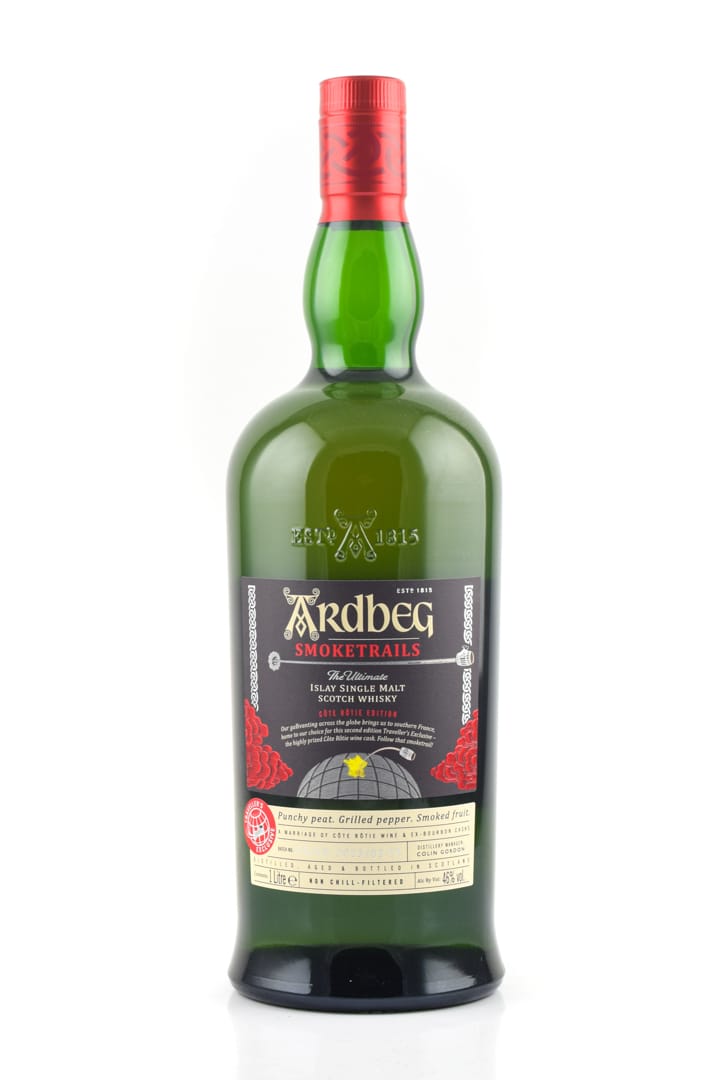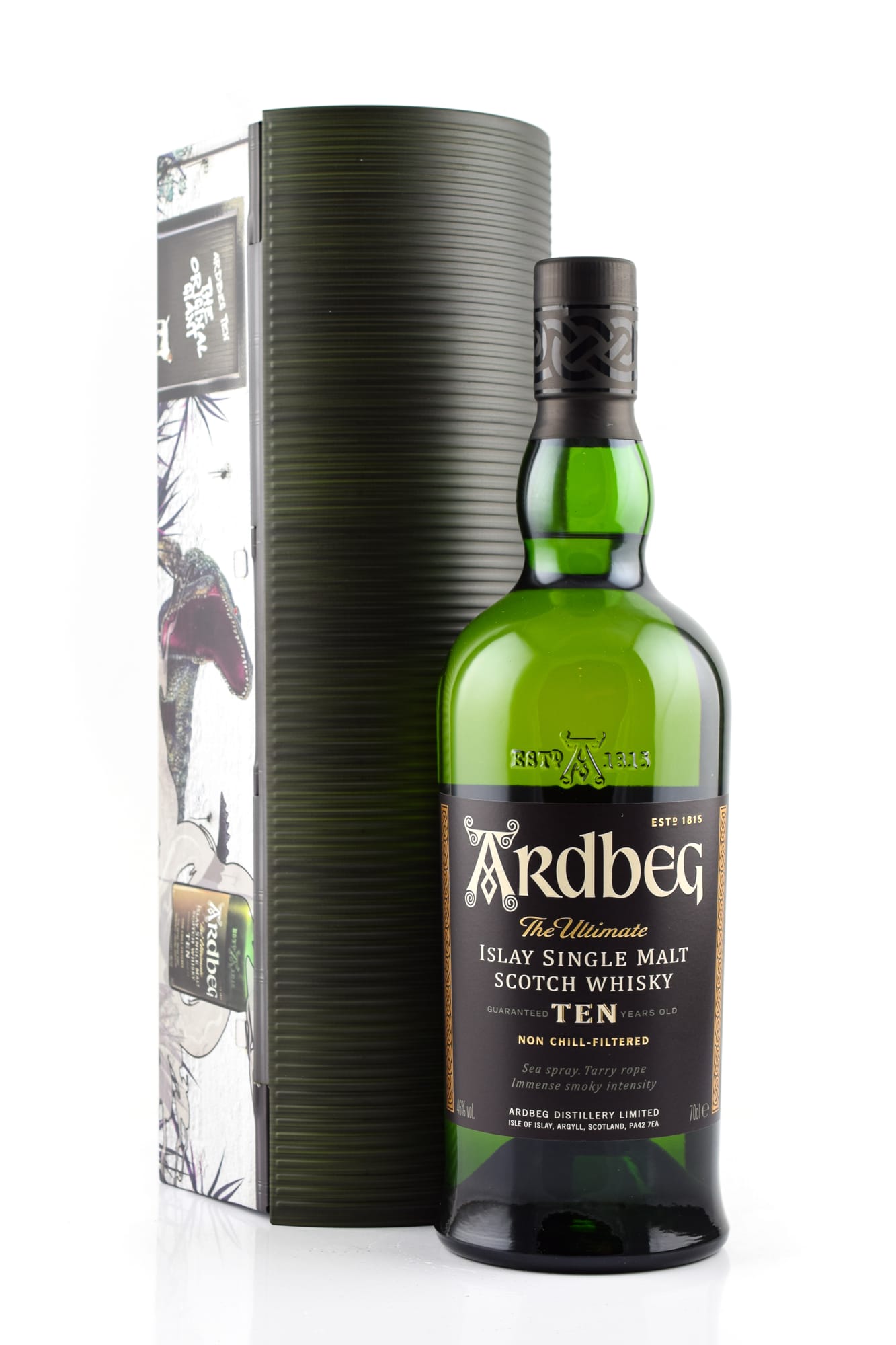- Scotch Whisky
-
Whisky
- Types of Whisky
- Whisky MIniatures & Samples
- Accessories
-
Distilleries / Brands
- Amrut
- Bushmills
- Connemara
- Jameson
- Johnnie Walker
- Jack Daniels
- Jim Beam
- Kavalan
- Nikka Whisky
- Paul John
- Redbreast
- Starward
- Suntory Whisky
- West Cork
- Waterford
-
All Distilleries / Brands
- Aberfeldy
- Aberlour
- Abhainn Dearg
- Aerstone
- Ailsa Bay
- Allt-à-Bhainne
- Amrut
- anCnoc
- Annandale
- Arbikie
- Ardbeg
- Ardmore
- Ardnahoe
- Ardnamurchan
- Armorik
- Arran
- Auchentoshan
- Auchroisk
- Aultmore
- Bain's
- Bakery Hill
- Balblair
- Ballantine's
- Ballechin
- Balmenach
- Balvenie
- Banff
- Basil Hayden's
- Ben Nevis
- Benriach
- Benrinnes
- Benromach
- Big Peat
- Bimber
- Black Bottle
- Black Rock
- Bladnoch
- Blair Athol
- Blanton's
- Booker's
- Bowmore
- Braeval
- Brora
- Bruichladdich
- Buffalo Trace
- Bulleit
- Bunnahabhain
- Bushmills
- Caledonian
- Cambus
- Cameronbridge
- Caol Ila
- Caperdonich
- Cardhu
- Carsebridge
- Chichibu
- Chivas Regal
- Clydeside
- Clynelish
- Coleburn
- Compass Box
- Connemara
- Convalmore
- Cooley
- Corsair Artisan
- Cotswolds
- Cragganmore
- Craigduff
- Craigellachie
- Crown Royal
- Cutty Sark
- Dad's Hat
- Daftmill
- Dailuaine
- Dallas Dhu
- Dalmore
- Dalwhinnie
- J.W. Dant
- Deanston
- Dewar's
- Dingle
- Drambuie
- Dry Fly Distilling
- Dublin Liberties
- Dufftown
- Dumbarton
- Eden Mill
- Edradour
- Eimverk
- Elijah Craig
- Elsburn
- Famous Grouse
- Fettercairn
- FEW Spirits
- Finlaggan
- Floki
- Four Roses
- Frysk Hynder
- George Dickel
- Ginkgo
- Girvan
- Glann Ar Mor
- Glasgow
- Glen Albyn
- Glen Elgin
- Glen Garioch
- Glen Grant
- Glen Keith
- Glen Mhor
- Glen Moray
- Glen Ord
- Glen Scotia
- Glen Spey
- Glenallachie
- Glenburghie
- Glencadam
- Glendalough
- Glendronach
- Glendullan
- Glenesk
- Glenfarclas
- Glenfiddich
- Glenglassaugh
- Glengoyne
- Glengyle
- Glenkinchie
- Glenlivet
- Glenlossie
- Glenmorangie
- Glenrothes
- Glentauchers
- Glentauchers
- Glenturret
- Glenugie
- Glenwyvis
- Grant's
- Green Spot
- Hakushu
- Hanyu
- Harris
- Hazelburn
- Heaven Hill
- Hibiki
- Highland Park
- Holyrood
- Hyde
- Ileach
- Imperial
- Inchgower
- Inchmurrin
- Invergordon
- Inverleven
- Jack Daniel's
- Jameson
- Jim Beam
- Johnnie Walker
- Jura
- Karuizawa
- Kavalan
- Kilbeggan
- Kilchoman
- Kilkerran
- Kingsbarns
- Kininvie
- Knob Creek
- Knockando
- Knockdhu
- Koval
- Kyrö
- Ladyburn
- Lagavulin
- Lagg
- Lantenhammer
- Laphroaig
- Lark
- Ledaig
- Lindores Abbey
- Linkwood
- Linlithgow
- Littlemill
- Loch Lomond
- Lochlea
- Lochside
- Longmorn
- Longrow
- Macallan
- Macduff
- Mackmyra
- MacNair's
- Maker's Mark
- Mannochmore
- Mars
- Michter's
- Midleton
- Milford
- Millburn
- Millstone
- Miltonduff
- Miyagikyo
- Monkey Shoulder
- Mortlach
- Nc'nean
- Nikka Whisky
- North British
- North of Scotland
- North Port
- Oban
- Octomore
- Old Ballantruan
- Old Forester
- Old Grand Dad
- Old Pulteney
- Paul John
- Peat's Beast
- Penderyn
- Pietra & Maleva
- Pittyvaich
- Port Askaig
- Port Charlotte
- Port Dundas
- Port Ellen
- Powers
- Puni
- Raasay
- Rebel Yell
- Redbreast
- Redemption
- Rittenhouse
- Rosebank
- Royal Brackla
- Royal Lochnagar
- Scapa
- Sea Shepherd
- Slyrs
- Smokehead
- Spey
- Speyburn
- Speyside Distillery
- Springbank
- St George's Distillery
- St. Kilian
- St. Magdalene
- Star Hill
- Starward
- Stauning
- Stork Club
- Strathclyde
- Strathisla
- Strathmill
- Sullivans Cove
- Suntory
- Talisker
- Tamdhu
- Tamnavulin
- Teaninich
- The Teeling Whisky Company
- Teerenpeli
- The Epicurean
- The Irishman
- The Quiet Man
- The Singleton
- Tobermory
- Togouchi
- Tomatin
- Tomintoul
- Torabhaig
- Tormore
- Tullamore Dew
- Tullibardine
- Tyrconnell
- Uitvlught
- Warenghem
- Waterford
- West Cork
- Westerhall
- Westward
- WhistlePig
- White Oak
- Wild Turkey
- Willett
- Wolfburn
- Woodford Reserve
- Writers Tears
- Yamazaki
- Yoichi
- Specials
- Countries
- Whisky recommendations
- Rum
- Gin
- Wine
- Spirits & Liqueurs
- New In
- Samples & Miniatures
- Gift ideas
- SALE
Ardbeg
Ardbeg is one of the most famous strong smoky Scotch whiskies. The excellent single malt is produced at the Ardbeg Distillery on the legendary whisky island of Islay in the west of Scotland. The intensive smoking over peat of the malt gives Ardbeg a strong smoky flavour. Earthy notes and campfire ash combine with maritime flavours of seaweed and sea air. All of this is subtly framed by a malty sweetness and fresh citrus notes. Ardbeg is an Islay whisky that you won't forget. To get you started, we recommend the classic Ardbeg 10 Years or the smooth Ardbeg An Oa. For advanced connoisseurs, the high-proof variants Ardbeg Uigeadail and Ardbeg Corryvreckan are a must.
Average rating of 4.6 out of 5 stars
Content: 0.7 Liter (€57.14* / 1 Liter)
Average rating of 4.1 out of 5 stars
Content: 0.7 Liter (€51.41* / 1 Liter)
Average rating of 4.5 out of 5 stars
Content: 0.7 Liter (€65.70* / 1 Liter)
Average rating of 4.8 out of 5 stars
Content: 0.7 Liter (€108.56* / 1 Liter)
Content: 0.6 Liter (€62.48* / 1 Liter)
Content: 0.7 Liter (€157.13* / 1 Liter)
Ardbeg: "The reason why the good Lord gave us taste buds..."
At least that's what the famous whisky author Jim Murray thinks. And quite a few whisky lovers are inclined to agree with him. After all, Ardbeg is the declared favourite of many whisky fans and peat heads. The heavily smoky and peaty Islay single malt is highly praised and almost cultishly revered. Although, or perhaps precisely because, the earthy and smoky Islay whisky is anything but easily accessible.
Where is Ardbeg located? The Ardbeg Distillery nestles in a bay on the south coast of the world-famous whisky island of Islay. On Islay's south coast, Ardbeg completes the trio of legendary south coast single malts Laphroaig, Lagavulin and Ardbeg. The smokiest Scotch whiskies are produced on Islay. As a result, Islay whisky has gained a large following worldwide and has burnt (or smoked) its way into the hearts of many whisky fans.
What does Ardbeg mean? The literal translation of Ardbeg would be "little hill".
3 reasons to love Ardbeg
1) Because no other whisky is deeper, more complex and multi-layered.
2) Because the distillery's "Old Kiln Cafe" serves the most delicious homemade soups.
3) Because even the marketing has style and loving humour.
What does Ardbeg whisky taste like?
The malts from Ardbeg are what you might call "typically Islay". Peaty, smoky, earthy, iodised, rich, multi-layered and full of sea air. In addition to the smoky flavours, Ardbeg single malts always have tangy citrus notes reminiscent of lemon or lime. It is therefore no coincidence that Ardbeg pairs perfectly with oysters and other seafood. The extreme character of Ardbeg is both its strength and weakness. Not everyone likes the rather special smoky, maritime style. The heavily peated malt comes from the Port-Ellen Maltings in the neighbourhood.
Our Ardbeg recommendation:
The powerful Ardbeg Uigeadail with 54.2% is unspeakably delicious. Thanks to a high proportion of sherry casks, the Ardbeg Uigeadail brings together powerful peat smoke with sweet marmalade notes. An irresistible combination! We recommend the Ardbeg An Oa to beginners who are afraid of the intensity of the 54.2%. Alongside the classic Ardbeg 10 year old, the Ardbeg An Oa is the perfect entry-level variant, as it is not quite as extreme as its siblings.
A little history about Ardbeg
Ardbeg was probably founded in 1815 by John McDougall. Even then, the distillery was located around 5 kilometres east of Port Ellen, not far from the historic "Kildalton Cross" on the south coast of Islay. There is no doubt that the distillery has been in operation since 1817.
Ardbeg was family-owned until 1959. In 1977, the company was taken over by Hiram Walker (Allied Lyons) and operated by Allied Distillers, who closed it down in 1981. Ardbeg was reopened in 1989, but without its own maltings, which supplied the malt until 1977 and traditionally had a strong influence on the characteristic smoky flavour of the malt. This was because the in-house maltings lacked fans. The smoke from the peat fire therefore permeated the malt with particular intensity.
Closed again in 1996, Ardbeg was then sold to McDonald & Muir (Glenmorangie, Glen Moray) at the beginning of 1997. In the same year, the distillery resumed operations under the then manager Stuart Thomson and has been in continuous operation ever since. In October 2004, the successor company to McDonald & Muir, Glenmorangie plc, was sold in its entirety to Moet Hennessy Louis Vuitton (LVMH).
Figures & facts about Ardbeg
Address: Port Ellen, Isle of Islay, Argyll PA42 7EA
Founded: 1815 by John McDougall
Region: Islay Whisky
Owner: Moet Hennessy Louis Vuitton
Type: Single malt Scotch whisky
Smoke: Heavily peated/heavily peated/heavily smoky
Status: active
Capacity: approx. 2,100,000 litres
Distillation stills: 2 wash stills (18,279 l), 2 spirit stills (16.957 l)
Washbacks: 8, Douglas Spruce
Mashtun: Semi Lauter, 5 tonnes
Water: Loch Uigeadail and Loch Airigh Nam Beist
Visitor Centre: Yes
Phone: +44 (0)1496 302 244
Website: www.ardbeg.com

